SINOMACH - UMG Myanmar
Total 10 results
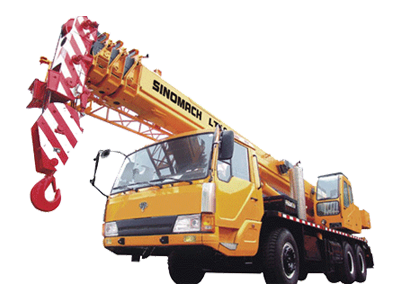
LT1025 Truck Crane
Truck Crane A crane is a lifting machine equipped with a winder, wire ropes or chains and sheaves that can be used both to lift and lower materials and to move them horizontally. It uses one or more simple machines to create mechanical advantage and thus move loads beyond the normal capability of a human. Cranes are commonly employed in the transport industry for the loading and unloading of freight; in the construction industry for the movement of materials; and in the manufacturing industry for the assembling of heavy equipment.
View Detail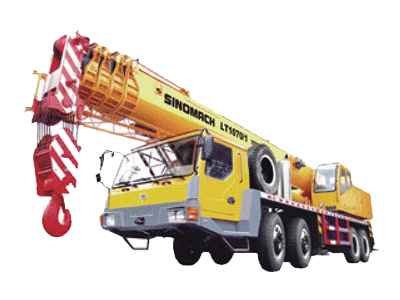
LT1070 Truck Crane
Truck Crane A crane is a lifting machine equipped with a winder, wire ropes or chains and sheaves that can be used both to lift and lower materials and to move them horizontally. It uses one or more simple machines to create mechanical advantage and thus move loads beyond the normal capability of a human. Cranes are commonly employed in the transport industry for the loading and unloading of freight; in the construction industry for the movement of materials; and in the manufacturing industry for the assembling of heavy equipment.
View Detail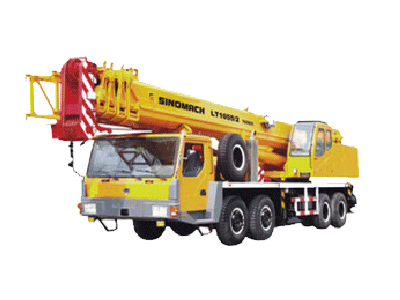
LT1130Truck Crane
Truck Crane A crane is a lifting machine equipped with a winder, wire ropes or chains and sheaves that can be used both to lift and lower materials and to move them horizontally. It uses one or more simple machines to create mechanical advantage and thus move loads beyond the normal capability of a human. Cranes are commonly employed in the transport industry for the loading and unloading of freight; in the construction industry for the movement of materials; and in the manufacturing industry for the assembling of heavy equipment.
View Detail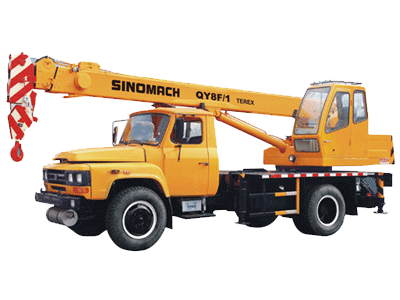
QUY8F/1 Truck Crane
The optimizing layout of the machine makes the stress of the main bearing carriers more reasonable, and the lifting performance is higher than the products with the same tonnage.Apply the mature jib technique which integrates plug-in boom head, embedded boom block, and special telescoping mechanism, which makes the jib more stable and reliable.Optimize the stress design. Adopt the box-type outriggers which have larger span, stronger rigidity, and better stability
View Detail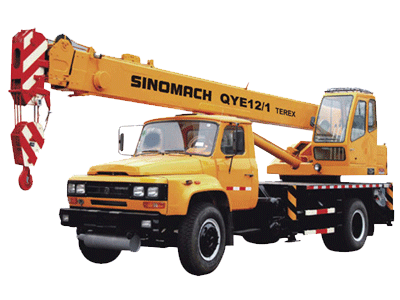
QYE12/1 Truck Crane
The optimizing layout of the machine makes the stress of the main bearing carriers more reasonable, and the lifting performance is higher than the products with the same tonnage.Apply the mature jib technique which integrates plug-in boom head, embedded boom block, and special telescoping mechanism, which makes the jib more stable and reliable.Optimize the stress design. Adopt the box-type outriggers which have larger span, stronger rigidity, and better stability.
View Detail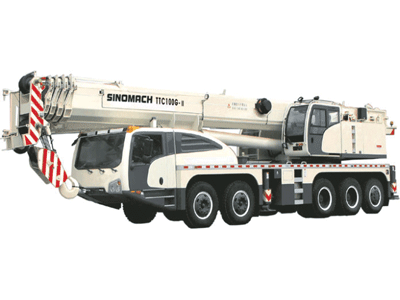
TTC0100G Truck Crane
It is not allowed to get the TTC100G truck crane overloaded and tilt lifting. The following table is listed with the rated lifting capacity calculated when the machine works on solid ground horizontally. Therein, the lifting capacity of counterweight and outrigger will be noted in the table for lifting and checking capacity.The tabulated load includes the weight of hooks. Therein, the 100T main hook is 1.1T, 50T auxiliary hook is 0.45T and the 6T auxiliary hook is 0.25T. When the boom of the truck crane is at extension status, the rated load capacity of the main boom for lifting must be reduced by 1.85T. If the 50T auxiliary hook is positioned at the head of the main boom while lifting with jib, the lifting capacity of the jib must be reduced by 0.35T.When the head pulley is mounted, the rated lifting capacity at each section must be reduced by 0.4T, but maximum lifting capacity reaches 6T. If the auxiliary hook moves to the head of pulley at the end of the boom, the main hook will be used, and the rated lifting weight of each part of lifting boom should be reduced by 03.T.The fifth outrigger helps the truck crane to keep tabulated rated lifting capacity rotating within 360°. Without it, our construction equipment can not lift to 120°.If the boom length is beyond the specified values, the truck crane with short boom has higher load capacity than that with longer one.
View Detail

